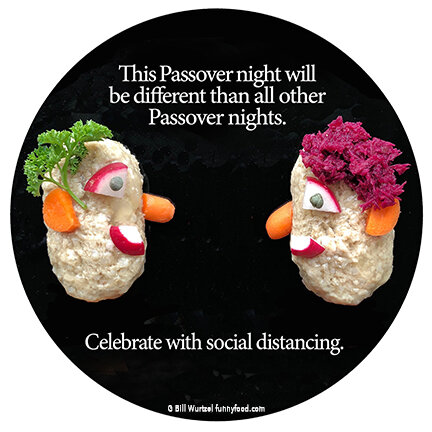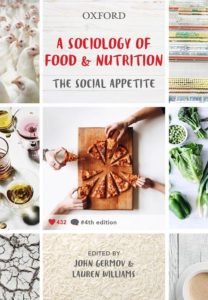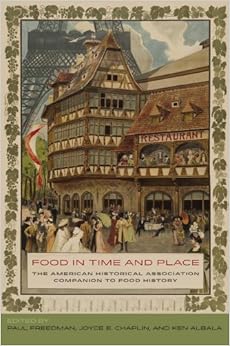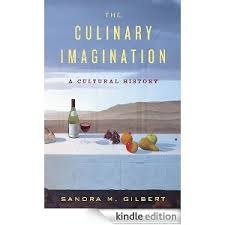While I’m thinking about trade negotiations, I came across this example of why trade negotiators fight over every word.
NPR’s The Salt reports that member nations of the Food and Agriculture Organization (FAO) are in the process of developing guidelines for responsible investment in agriculture and food systems.
Responsible investment, they say,
is essential for enhancing food security and nutrition and supporting the progressive realization of the right to adequate food in the context of national food security. Responsible investment is a significant contribution to enhancing sustainable livelihoods, in particular for smallholders, and members of marginalized and vulnerable groups, creating decent work for all agricultural and food workers eradicating poverty, fostering social and gender equality, eliminating the worst forms of child labour, promoting social participation and inclusiveness, increasing economic growth, and therefore achieving sustainable development.
The guidelines are responding to concerns over “land grabs” — the term used to describe how corporations and governments are taking advantage of unclear land ownership in developing countries to buy up large tracts, regardless of consequences for previous users of the land.
Land grabs displace small farmers and have become the focus of advocacy by Oxfam.
In contrast, says FAO, responsible investment contributes to food security and nutrition through:
Increasing sustainable production and productivity of safe, nutritious, diverse, and culturally acceptable food and reducing food loss and waste.
At issue is the meaning of “culturally acceptable.”
The US delegation demanded a definition, objecting that the lack of one could lead to trade barriers against, for example, genetically modified foods.
It suggested this:
For the purposes of this document, consumers, through the free exercise of their choices and demand, determine what food is culturally acceptable.
In other words, says The Salt, “as long as somebody wants to buy it, it’s fine.”
The African delegations forged a compromise.
In the current version of the document, “culturally appropriate food” enables
consumer choice by promoting the availability of and access to food that is safe, nutritious, diverse and culturally acceptable, which in the context of this document is understood as food that corresponds to individual and collective consumer demand and preferences, in line with national and international law as applicable.
Aren’t you glad they got that settled?









